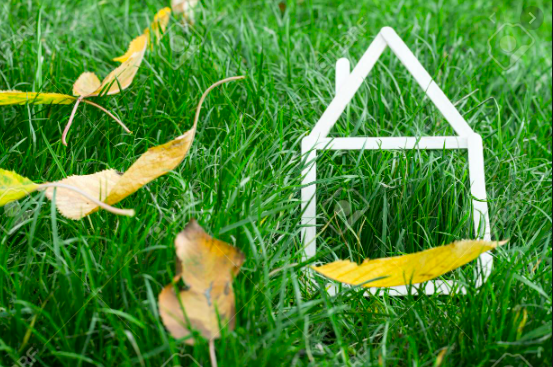Your Home Environment
Going green begins inside the home
June 4, 2020
Since the pandemic and ensuing quarantine, billions of people have been confined to their homes. While this is beneficial to the outside environment, we now face six months of sitting at home with our lights on, taking lengthy showers, and cleaning every surface in sight with a wad of paper towels.
The fact is, since people are spending more time at home, they are producing far more garbage and waste than usual. Most people just don’t even think about it. Generally, when considering how to help the environment, thoughts jump to the atrocity of the plastic straw and the murder of sea turtles. However, there are simple, everyday ways to help lessen your carbon footprint that if even one person were to follow, would eliminate hundreds of tons of greenhouse gases from being emitted.
Firstly, let’s start with an easy and familiar one: recycling. Since kindergarten, you’ve been learning about the green bin with the three circular arrows proudly adorning the side. Recycling reduces the amount of waste each person creates through packaging and conserves natural resources. Things that are not biodegradable can be reused and not thrown into a landfill where they will rot for the next millennia. Yet, you must be careful what you put in the recycling bin as even one wrong item can ruin the ability to recycle. Cardboard, paper, and glass are almost always safe, but things such as plastic or tires must be checked to make sure they are legitimately recyclable.
Next, consider freshwater. Approximately 1% of all the water on Earth is readily available freshwater and that percentage continues to shrink. The majority of this consumption (75%) resides in our bathrooms. The easiest thing you can do is take shorter showers. It’s tempting to luxuriate in the warmth of a decent shower, but each extra minute you spend under the spray is another two gallons of water down the drain. Don’t even think about baths. Turn off your faucet when brushing your teeth; those four minutes a day add up fast, and if possible, getting a higher-efficiency toilet uses nearly 60% less water than normal. Also, don’t forget about reusable water bottles, they make all the difference!
Additionally, paper towels are the absolute worst way to do anything. Studies have found that paper towels are the least green solution to any household problem you may encounter. Not only does the production of paper towels consume nearly 110 million trees per year, but they also get used a measly one time before being tossed into a landfill to emit methane gas. Paper towels are one of the worst items at decomposing, and even one less paper towel a day would have a lasting impact. Use a rag or wash your hands – the extra two seconds it takes won’t matter in the long run.
Finally, try to remember to turn off the lights every time you leave the room. Energy, although it may seem endless, must be limited in order to lessen each person’s carbon footprint. Each light turned off saves kilowatts of energy and – if the incentive to save the environment wasn’t enough – this saves you money. Be conscientious about your heating and air conditioning. Even one degree in the more uncomfortable direction of the temperature will save more energy.
Most of these are common sense or have been drilled into people’s heads during their entire elementary school career, but it’s still a struggle to do them. One person can truly make a difference. You don’t even have to do each task above, just choose one and stick to it and help save the world from your home.












